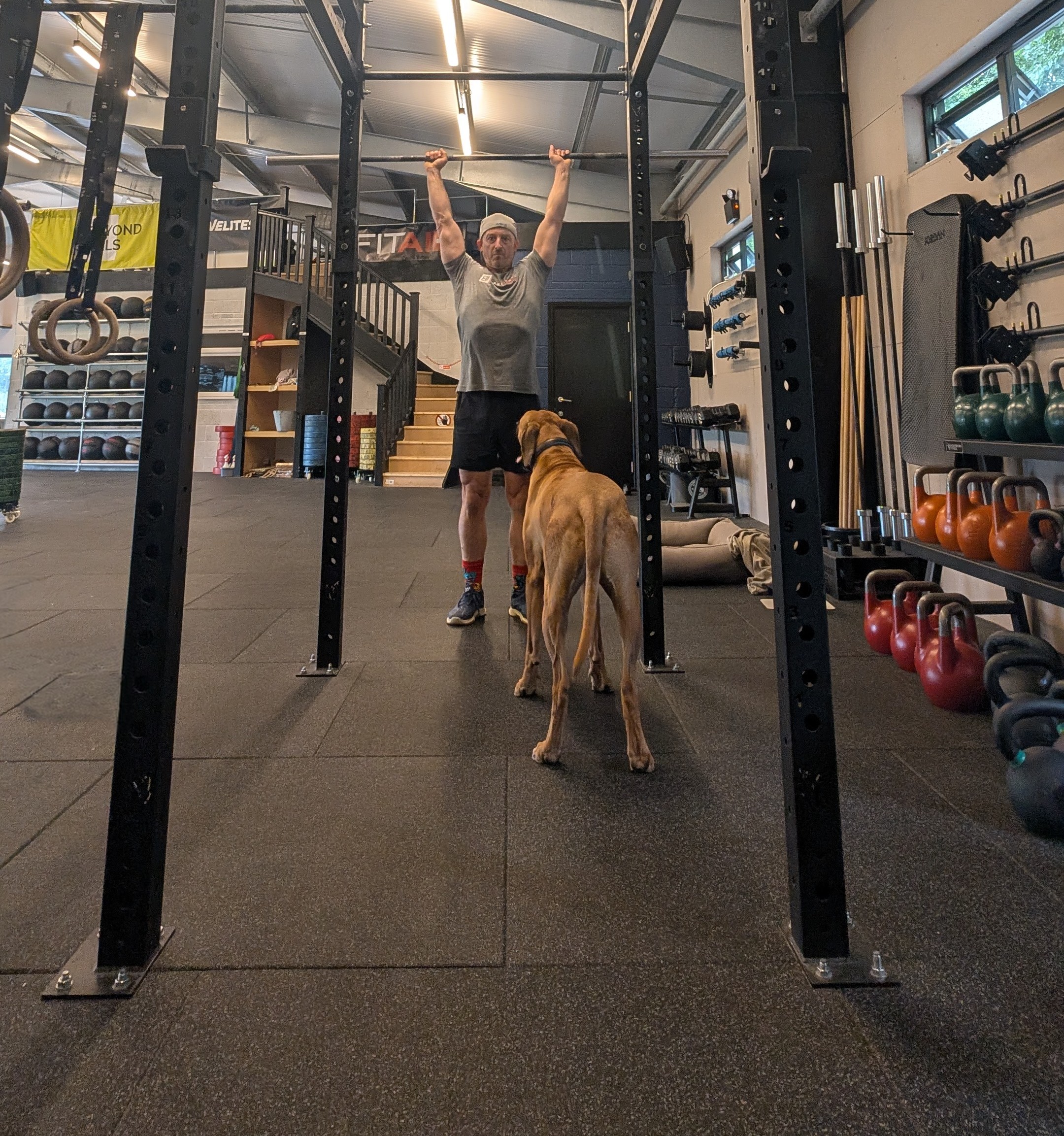

On 26th July, I had laparoscopic surgery for inguinal hernias on both sides of my groin. The procedure involved placing mesh to strengthen the area — and while I’m no stranger to training, I knew this recovery had to be handled carefully.
Coming back to exercise after any operation or injury isn’t about proving how tough you are. It’s about supporting your recovery, protecting the surgical site, and rebuilding strength and confidence without setting yourself back.
And here’s the thing — recovery isn’t just about what you can’t do. It’s also a chance to focus on what you can do, and make that your priority.
Why Exercise Matters After Surgery
Reframing Recovery
Before surgery, the thought of 4–6 weeks without heavy lifting would have been frustrating. But instead of focusing on what’s off-limits, I’ve chosen to see this as a window to work what I can. For me, that’s my engine and my nutrition — after all, these underpin everything we do.
I’ve been spending more time on the ergs (yesterday I had my first row since surgery), attended Coach Meg’s Basics of Nutrition Seminar and (as members of our Nutrition WhatsApp community will be bored of!!!) have been cooking fresh meals every day. Heavy lifts might be parked for now, but a better engine and improved nutrition will mean I’m fitter and stronger when I get back to them.
I’m also now rejoining classes at Beyond Walls — and the beauty of the class is that every movement can be adapted by our coaches to make it safe, effective, and recovery-friendly. Whether it’s swapping a heavy barbell for a light one, adjusting range of motion, or choosing a cardio alternative, there’s always a way to keep moving without compromising the healing process.
5 Rules for Exercising During Recovery
1. Do No Harm – Protect the Injured Area!
Your number one job is to avoid anything that could compromise your recovery. That means respecting timeframes from your medic, avoiding unnecessary strain, and remembering there’s no medal for rushing back too soon…the slower you go, the faster you get there!
2. Start with Movement, Not Max Effort
Walking, gentle cardio, and light resistance training are ideal first steps. The goal is to move without aggravating the area, not to chase pre-surgery/injury numbers…fitness is a life-long pursuit, there’s plenty of time!
3. Listen to Your Body
Pain (not to be confused with mild discomfort) is a signal to stop. Swelling, heat, or sharp sensations around the surgical site are warning signs.
4. Progress Gradually
Increase volume (reps, distance, or time) before increasing load. A light barbell, steady spin on the bike, or controlled row is far better than rushing back to max intensity.
5. Look After Your Whole Self
Recovery isn’t just physical — it’s mental and emotional too. Exercise can help with mood, energy, and motivation, but only if you keep it sustainable.
The Takeaway
Getting back to exercise after surgery isn’t about how quickly you can return to your old routine. It’s about using this time to focus on what you can do — and turning limitations into opportunities.
For me, that’s meant building my engine, eating well, and keeping the ego in check. When I do return to heavy lifting, I’ll be doing it with a stronger foundation than before.
If you’re recovering from surgery or injury, remember — healing isn’t standing still. It’s moving forward, with intention, towards a stronger version of yourself.